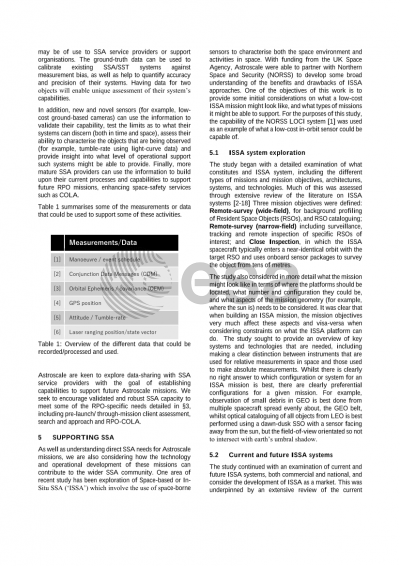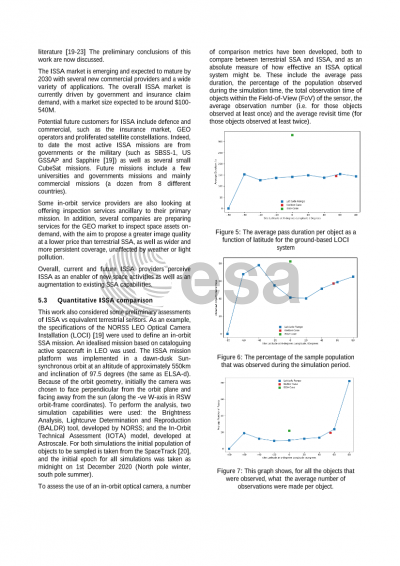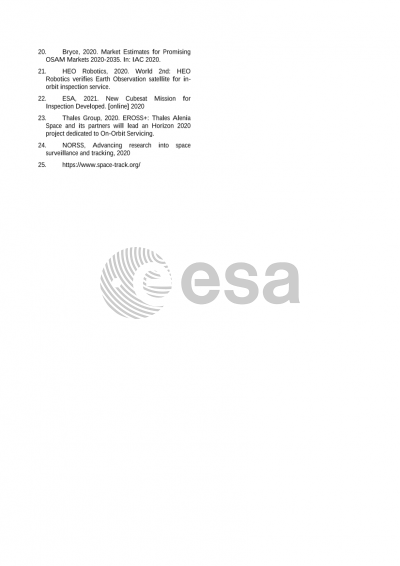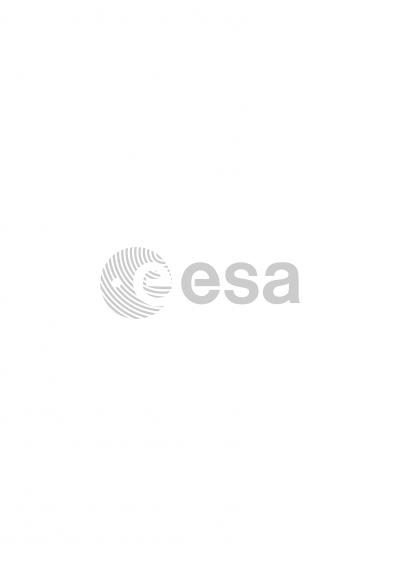Document details

Abstract
Astroscale’s core mission objectives encompass a range of Rendezvous and Proximity Operation (RPO) focussed activities, including End-of-Life (EOL) services, Active Debris Removal (ADR) capabilities, spacecraft Life Extension (LEX) and space-based ‘In-situ Space Situational Awareness’ (ISSA). These missions are not only underpinned by the need for comprehensive SSA capabilities, but they also offer the opportunity to explore and develop SSA technologies, applications and future services.
High fidelity SSA data allows users to accurately interpret and characterize the activity of satellites, improving operational safety and reducing the risk of collisions by increasing ability to recognize abnormal or off-nominal behaviour. Astroscale continues to improve our understanding of SSA needs for its future ADR and EOL missions, further refining the specialised needs and key technical drivers for these bespoke mission types.
In addition to understanding mission SSA needs, future Astroscale pursuits also offer the chance to investigate novel SSA applications and opportunities. The imminent launch of the ELSA-d EOL technology demonstration mission, followed by the JAXA funded ADRAS-J ADR inspection mission, provide ideal platforms for this purpose. These missions offer the prospect of verifying and validating low-cost, novel ground-based and space-based sensor systems, as well as exploring the commercial-off-the-shelf (COTS) technologies re-purposed for SSA applications. These systems would be indispensable in both improving space safety as well as constructing improved and comprehensive catalogues of space debris and their distributions.
Further to expanding on the needs of SSA for RPO missions, this paper seeks to address how upcoming missions might be used to explore opportunities to advance both ground-based SSA architectures and In-situ systems.
Preview










